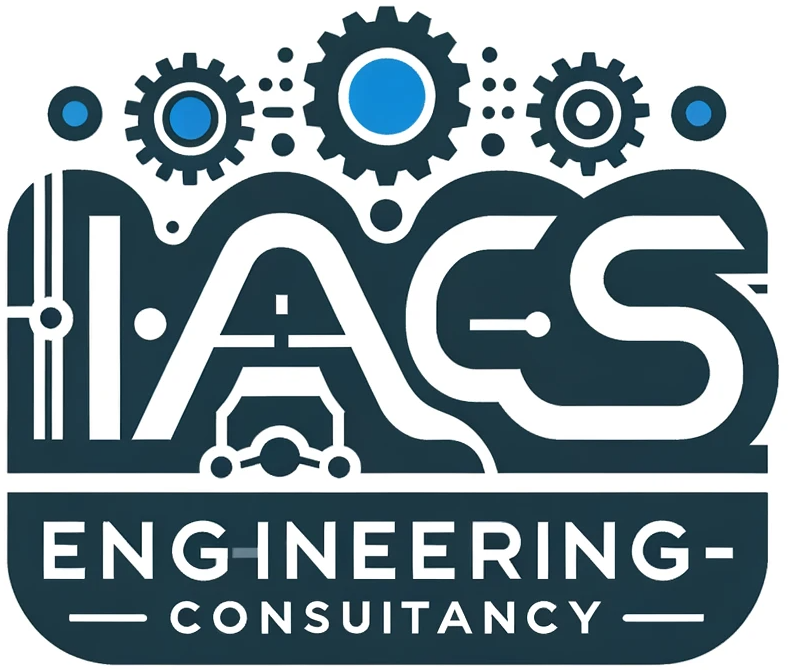PFD stands for Process Flow Diagram. It’s a vital tool in industrial automation and control systems engineering used to visually represent the flow of materials, energy, or information within a process. PFDs focus on the functionality of the system, not the physical layout.
Here’s how PFDs are created to meet or exceed industrial standards:
Following Established Guidelines:
- ISA-S5.1-18: This standard from the International Society of Automation (ISA) dictates the symbols used for various equipment, valves, and control elements. Consistent symbols ensure everyone understands the PFD easily.
- Additional Standards: Depending on the industry or company, other standards like IEC 61355 (maintenance) or NFPA 704 (hazard identification) might be incorporated for a more comprehensive picture.
Key Elements of a PFD:
- Process Equipment: Symbols represent tanks, reactors, mixers, etc., involved in the process.
- Pipelines and Flow Lines: Lines with arrows depict the flow of materials or energy.
- Valves and Controls: Symbols represent control valves, pressure relief valves, etc., indicating flow control points.
- Instrumentation: Symbols represent sensors, transmitters, controllers, etc., used for monitoring and control.
- Material Streams: Labels or notations indicate the type of material flowing through each line (e.g., water, oil, steam).
- Process Conditions: Key parameters like pressure, temperature, or flow rate might be included for specific points.
Creating a High-Quality PFD:
- Clarity and Conciseness: The PFD should be clear, uncluttered, and easy to interpret.
- Completeness: It should capture all essential elements of the process.
- Accuracy: The symbols and information depicted should accurately reflect the actual process.
- Consistency: Symbols and notations should be used consistently throughout the PFD.
Exceeding Standards:
- Additional Information: Include details beyond the basic requirements, like safety interlocks or control loop descriptions.
- Software Tools: Utilize specialized PFD creation software to ensure consistency and enhance clarity.
- Collaboration: Involve relevant stakeholders (operators, engineers) during PFD development for feedback and improved usability.
By following these guidelines and striving for excellence, you can create PFDs that effectively communicate process functionality, meet industrial standards, and potentially exceed them for better project understanding and execution.
